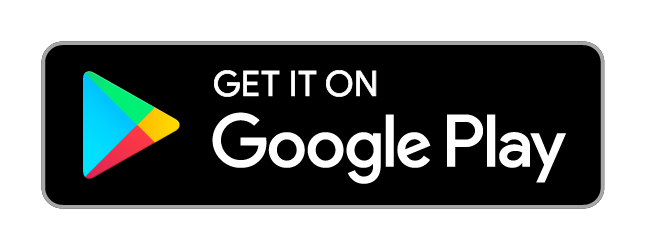We all strive for a meaningful and satisfying life. Psychology might suggest that we are personally responsible for creating meaning in our lives. Put simply, if we want to be happy, then it is up to us to choose a path that generates happiness. How does this relate to pole dancing? Because pole dancing is something to feel passionate about and engaging in activities that you feel passionate about is a guaranteed method to finding meaning and happiness. Pole dancing is exactly what the psychologist ordered.
Stress is a natural part of the human experience, and it serves as a signal, informing us to pay attention and make choices. It also bombards us with negative self-talk and unpleasant feelings. Pole dancing is a psychological tool, a coping strategy to deal effectively with everyday stressors, as well as assist in recognizing self-talk and emotions. Pole allows people to be in the present moment, where they can choose how to respond to emotions, thoughts, sensations and memories. In other words, pole dancing is an excellent method to practice mindfulness or to purposefully pay attention to the present moment. Mindfulness disengages us from autopilot and allows us to experience our world directly, recognizing both external and internal experience. This offers the opportunity to accept those experiences whether positive or negative, instead of attempting to control them. In a society driven by false logic such as “suck it up” and “get over it,” mindfulness is crucial in building resilience and living your best life. While we cannot control certain stressors, and the emotions they evoke, we can instead choose our actions and aim them where we want them to be in accordance with our values. This is the power of mindfulness, a skill easily learned through the power of pole dance. Pole dancing involves building strength and endurance while maintaining safety. The thrill of climbing to the top of the pole and flipping upside down must include awareness of our body mechanics. These types of tricks are developed over time and necessitate knowing where our point of contact is relative to the pole, how to breathe, gain momentum, spin, maintain position and safely get down.
Pole dancing is an amazing form of exercise. As such, it helps manage and prevent symptoms of depression and anxiety. Pole increases serotonin and dopamine, the “feel-good” chemicals in our brains, which is how many antidepressant medications work. It is a natural method to improve our mood, challenge negative self-talk and accept our emotions. Considering chemicals, pole dance does a fantastic job of increasing endorphins. Endorphins act as analgesics against physical pain and promote euphoria. Adrenaline is also released during pole dance. This allows us to maximize our strength and take our skills to the next level, resulting in a sense of triumph. Subjectively, pole dancing invites us to feel powerful, graceful, feminine and attractive. It improves sleep, energy levels, concentration and decision making.
Another benefit of pole dancing is improvement in relationships and communication. It fosters a sense of community. At GCpolefit, certified instructors spot students to prevent injury. This builds trust and presents an opportunity to practice assertiveness in an environment with people who are also learning and excited about the same sport. Ultimately, pole dancers experience connection, belonging and acceptance. The need to feel supported is critical in pole dance. A quality studio allows dancers to discover inner strength and step outside their comfort zones in a judgment-free, clean and safe environment.
Source: Dr. Kelly Schinke - Natures Pathway




































